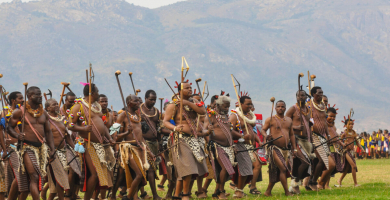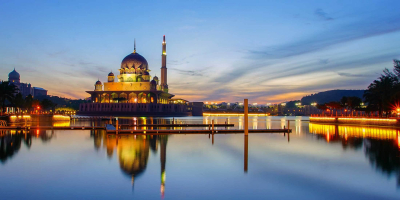Top 5 Suriname Culture, Customs and Etiquette
Should you remove your shoes when visiting friends? Should you greet those on elevators with a smile? When thinking about the dos and don'ts in your own ... read more...nation, these questions might not seem like the most obvious ones, but things that you might not even consider at home can have a major impact abroad. Here is a list of Suriname's Culture, Customs and Etiquette.
-
Islam, Christianity, and Hinduism are the three main faiths. The Hindustanis make up 80% of the population, 15% are Muslims, and 5% are Christians. The Moravian Church (Evangelische Broedergemeente) and Roman Catholicism are the two major Christian groups among Creoles, however the Pentecostal Church has been expanding. Javanese are predominantly Muslims. Officially, the majority of Amerindians and many Maroons undergo baptism. Many of these communities nevertheless continue to practice their original religious beliefs. For Maroons and Creoles, Winti, a traditional African religion that was outlawed until the 1970s, is the most significant alternative belief system. The Ministry of the Interior pays all types of religious leaders.
People of African heritage who were brought to Suriname as slaves are known as Maroons. People of mixed African and European descent, known as Creoles, and Javanese make up 15.7%, 13.7%, and 21.7% of the population, respectively. The remaining population is made up of native Amerindians and people from other racial groups.
Suriname's national tongue is Dutch. Some of the most widely used languages in the nation are English, Taki-Taki, Caribbean Hindustani, and Javanese. Christians who identify as Protestant or Catholic make up 23,6% and 21,6% of Suriname's population, respectively. Muslims and Hindus make up 13.8% and 22.3% of the population, respectively.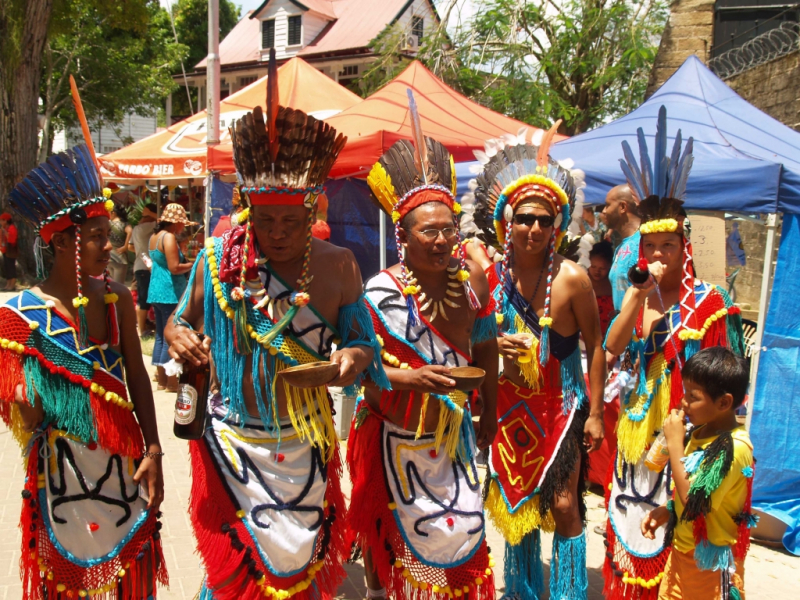
http://itap-world.com 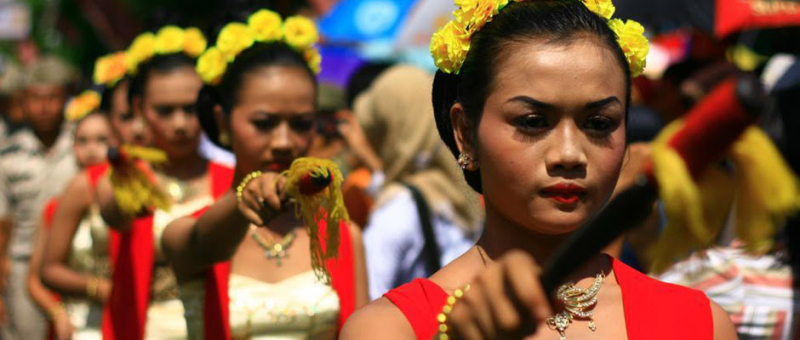
https://curtisancer1962.blogspot.com -
Oral literature has a long tradition in Suriname. The majority of the nation's ethnic groups each have a distinctive oral literary tradition. Such literature includes, among other things, fairy tales, folktales, and legends. Literature in written form only began to appear in the nation much later. Literature by the native people didn't begin till the late 18th century. The majority of the literature in the nation is written in Sranan, Hindi, and Dutch.
Additionally, Suriname has a thriving crafts sector. Global demand exists for the country's baskets, woodcarvings, and vibrant fabrics.Arts funding, both public and private, is essentially nonexistent. The majority of creative people are amateurs. Writing and publishing literature is a challenging endeavor due to a lack of publishers and funding. The majority of authors try to sell their books to friends or strangers. The vast majority of well-known authors reside and are employed in the Netherlands. All population groups have historically valued oral literature.
The most advanced graphic art is painting. Music is the most widely embraced art genre. Kaseko and kawina music, which were initially sung and played at the plantations, are well-liked among Creoles. The songs from Hindi movies and videos are popular among Hindostani. A few authentic Javanese gamelan ensembles play authentic Javanese music.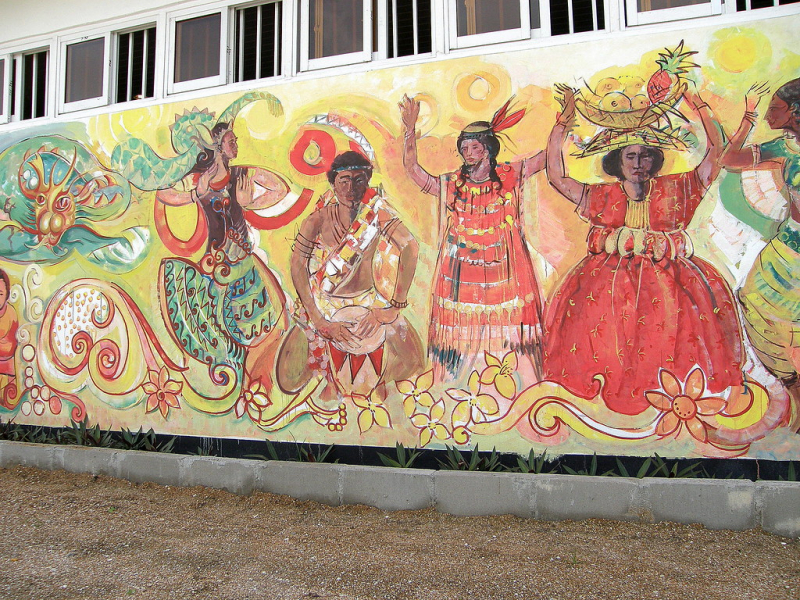
https://www.flickr.com/ 
http://ttnotes.com -
Depending on the cultures of its numerous ethnic communities, Surinamese society has different gender roles and social statuses for men and women. In certain cultures, women serve as the household's emotional and financial hub, whereas in others, men rule the home and have the last say in the majority of decisions. The country also has a wide range of marriage traditions.
A more typical practice among Hindostani families is arranged marriage. Weddings that are lavish are common. Families with a woman as the head of household are frequent in the Caribbean. While many males also have relationships with more than one woman, many women have children from numerous partners and frequently engage in serial monogamy.
The size of the household varies widely across the nation, from small nuclear families to enormous households that house multiple generations. The cultures of the ethnic communities to which they belong are taught to the children. All of Suriname's population groups place a high value on education. There are rites of passage for several communities, including the Maroons and the Amerindians. To celebrate a person's entry into adulthood, initiation rituals are held. The Wayana lads, for instance, are subjected to stinging wasps and are required to endure the stings painlessly to display their bravery and fortitude.
The Surinamese are often composed and unhurried. They are renowned for being gracious guests. The majority of rural homes lack a bell or knocker. When entering the residence, visitors must remove their shores. They are provided with food. Hugs and handshakes are typical greeting gestures. From an early age, children are taught to respect older people.
http://www.easyvoyage.co.uk/ 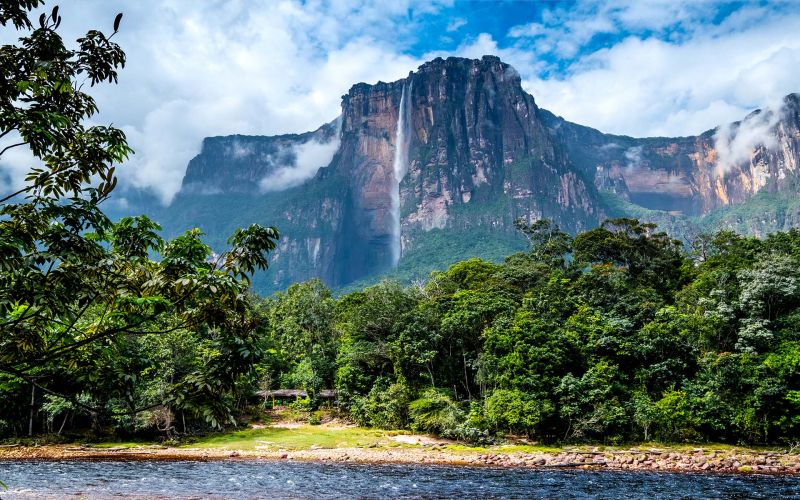
https://www.ccreee.org -
In Paramaribo, mixed marriages do occur even though the majority of marriage partners are from the same ethnic group. In rural communities, parents still choose their children's mates in traditional Hindostani families. Marriages can be highly expensive. Although it's widespread, living together before marriage is unacceptable to traditional Hindostani, who believe that the bride must be a virgin.
The Caribbean family structure accepts female-headed households and the reality that women may have kids from multiple partners. While some women engage in serial monogamy, men are more likely to be involved with multiple partners at once. Having a mistress (buitenvrouw) is common and typically not secretive. Maroon males frequently have multiple wives living in various villages, however it is the men's duty to provide each wife with a home, a boat, and a cleared area for subsistence farming.
Domestic units range from female-headed households to extended families in terms of kind, size, and composition. The joint family institution has been replaced by the nuclear family among the Hindostani, and the role of the man is losing power. The Maroon clan system is built on a shared conviction in a matrilineal line of descent. A matrilineal clan and a hamlet might have a large overlap in population.
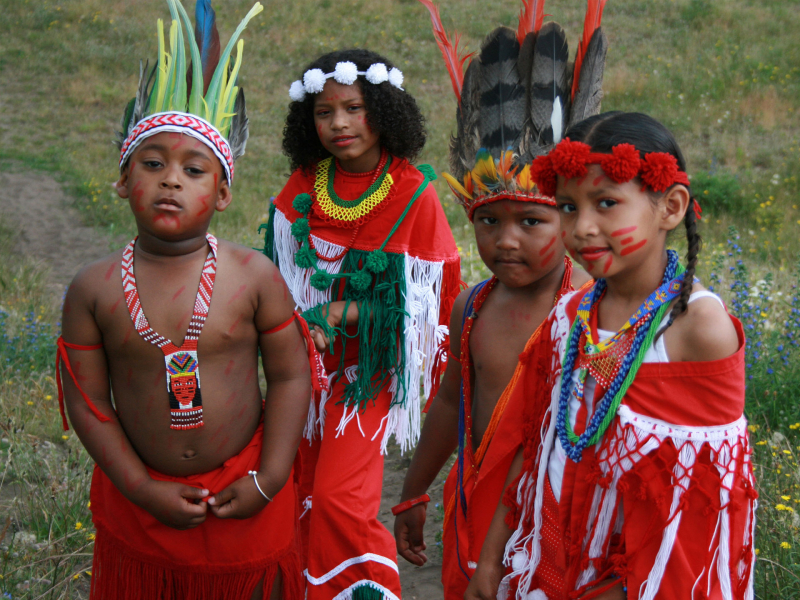
http://www.writersreserve.com/ 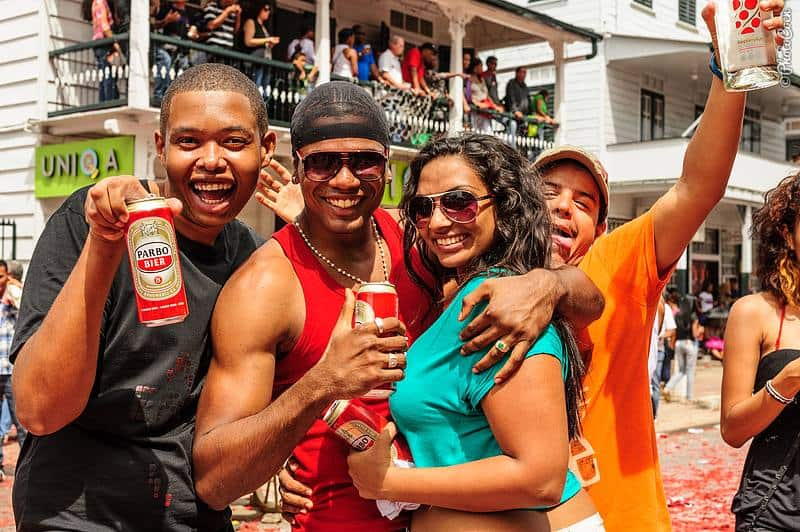
https://curtisancer1962.blogspot.com -
South American nation of Suriname was formerly a colony of the Netherlands. The nation has an Indo-Caribbean history and is well recognized for its kaseko music. The French phrase casser le corps (break the body), which was used to describe an extremely quick dance under slavery, is likely where the term "kaseko" comes from.
Kaseko is a synthesis of a variety of folk and popular musical genres from Africa, Europe, and the Americas. With percussion instruments like the skratji (a very large bass drum) and snare drums, as well as saxophone, trumpet, and occasionally trombone, it has a complex beat. There are choral and solo singing options. Songs and regional Creole folk genres like kawina are frequently call-and-response.
The traditional Afro-Surinamese kawina music, which has been performed by street performers in Paramaribo from the year 1900, gave rise to kaseko. Bigi Poku emerged in the 1930s during events that featured large ensembles, particularly brass bands (big drum music). Jazz, calypso, and other imports rose to popularity in the late 1940s, but rock and roll quickly established its own legacy through the use of electrified instruments. The biggest music event in the nation is the biannual SuriPop festival.
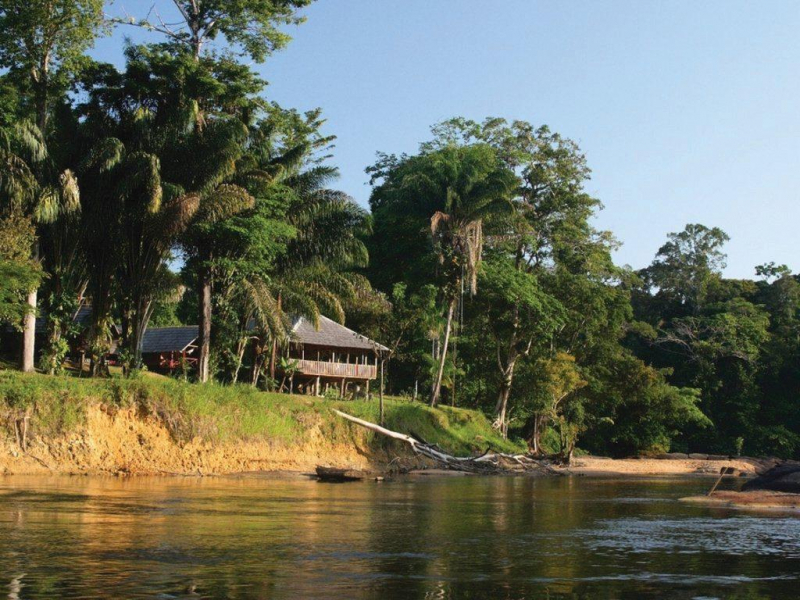
https://wallpapercave.com/ 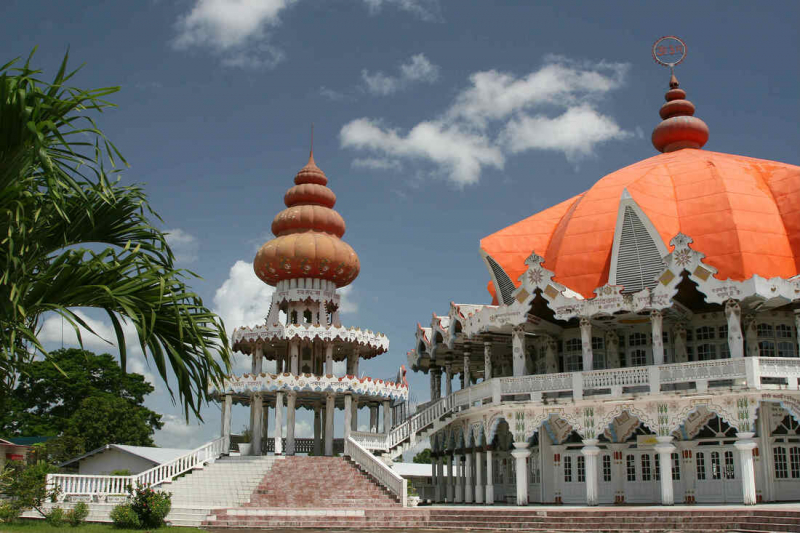
https://www.globalmusicsong.com
























